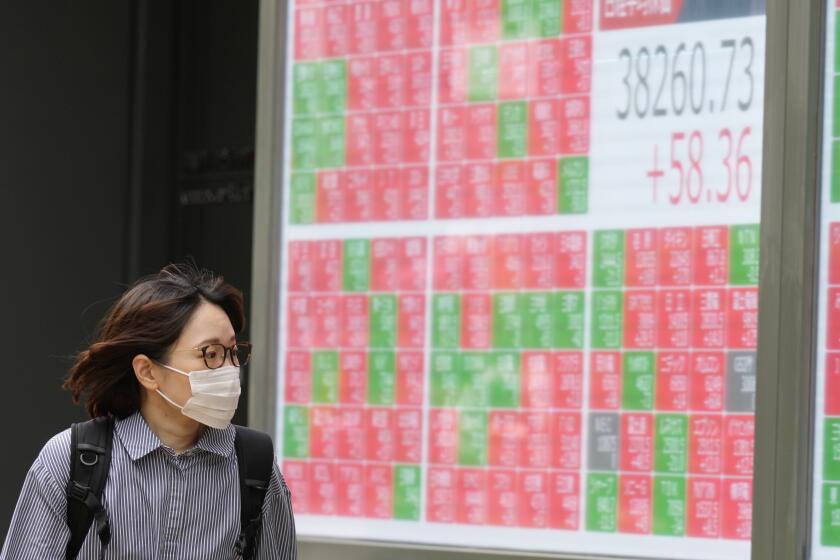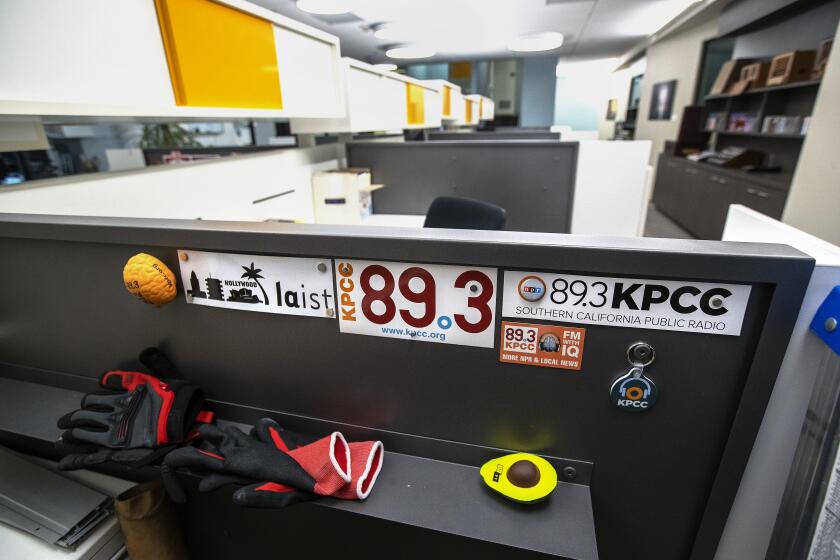School Lunch Menu Boosts Commodities : Health: Agriculture Department tells schools to lower fat, cholesterol and sodium, but critics say program is driven by agricultural interests first and nutrition second.
Pat Holstein runs the school meals program for a rural school district near Columbia, S.C., and, thanks to a special program, can spend 15% of her federal food dollars on fresh fruits and vegetables.
Fifteen percent is a lot higher than the roughly 4% that the U.S. Department of Agriculture allocates to fresh produce when the department buys food for the nation’s 15,000 school districts.
Still, the department opposes the special program that gives people like Holstein money to shop locally for the best buys on produce, meat and other foods. The department says that it should do the shopping.
Opposition to the Commodity Letters of Credit program sounds strange from a department trying to improve the $650 million or so worth of food it buys each year for distribution to schools.
It sounded no stranger than the deference paid to the department’s commodity programs when Agriculture Secretary Mike Espy and Assistant Secretary Ellen Haas on June 8 announced their regulations to improve school lunches.
Rather than set new nutritional guidelines for the kind of foods that the department purchases, the department told schools to lower the amount of fat, saturated fat, cholesterol and sodium in lunches.
The department also announced an agreement between the agency in charge of nutrition and those in charge of marketing commodities to work on the quality of USDA purchases.
“Their approach to improving the commodities looks like a pretty soft approach, that they’re making a bureaucratic commitment to improve the commodities, but it’s unclear exactly how improved they will be,” said Michael Jacobson, director of the Center for Science in the Public Interest.
The department, even before Espy and former consumer advocate Haas came on board, had been working to lower the amount of fat in its meat and dairy products, and the levels of salt and sugar in canned produce.
And although 4% doesn’t sound like a lot of fresh produce, it’s double what the department was purchasing before Espy took over in 1993.
Nevertheless, critics maintain that the commodity program is driven by agricultural interests first and nutrition second.
In fact, the 1946 law that created the school lunch program also specified that it try to promote U.S. farm goods. So if a drought drives up feed prices, forcing more hogs and cattle to early slaughter, the Agricultural Marketing Service will buy more beef and pork for school lunches.
Haas, in recent testimony before a House Agriculture subcommittee, noted that the “positive market effect of these commodity programs is most important to retain.”
Haas nearly echoed testimony from groups like the American Meat Institute when she noted that commodity purchases account for no more than 20% of the nearly $5 billion that schools spend on food.
And the setting of general nutritional goals, leaving it up to schools to meet them how they see fit, and the refusal to single out any kind of food as bad, pleased the industry.
“We were very concerned that there was going to be a huge amount of effort to replace processed foods with fresh,” said Juanita Duggan, lobbyist for the National Food Processors Assn.
Despite complaints about the nutritional quality of the kinds of foods they receive from the department, school food service administrators need the commodity programs and the agriculture groups that support them.
Without such an ally, schools are more vulnerable to cuts in their federal budget for commodities, the American School Food Service indicated in recent testimony.







